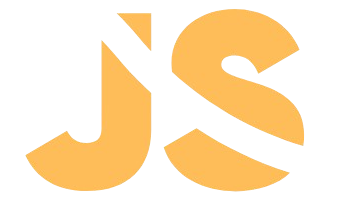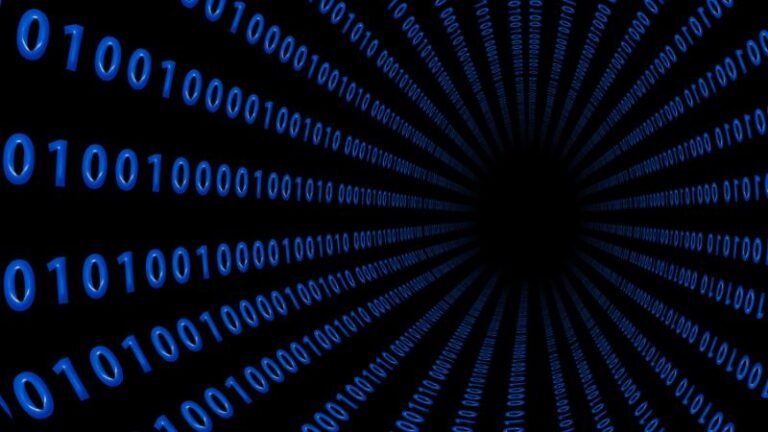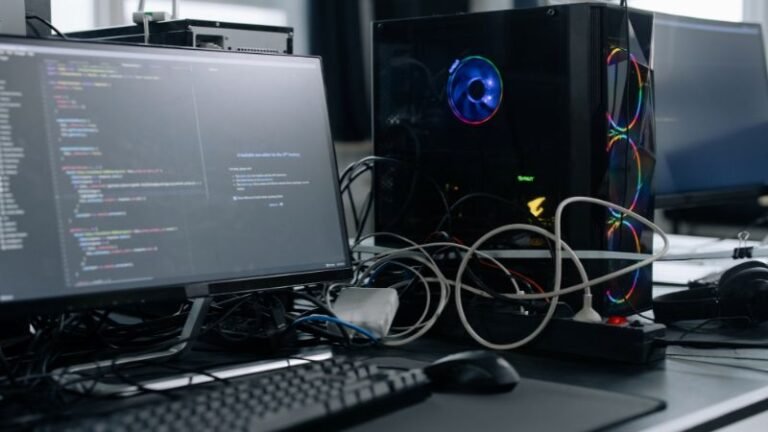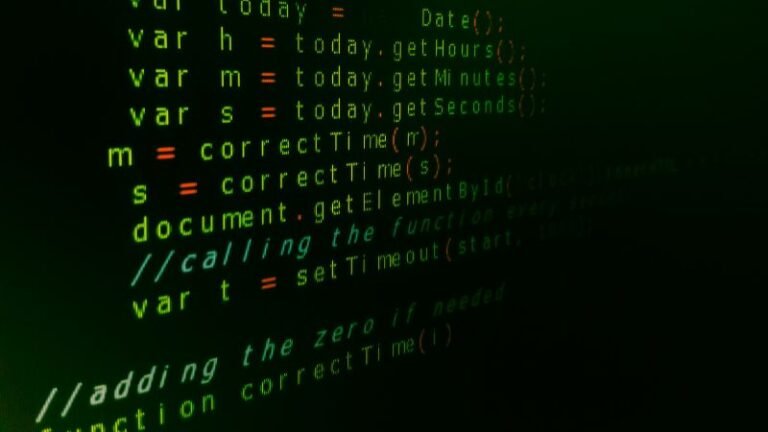Welcome to the ultimate Python programming journey! Whether you are a complete beginner or someone looking to sharpen your coding skills, this comprehensive guide will take you from zero to mastery in Python. This article serves as the starting point for your Python adventure, introducing the language, its key features, and why it is the most popular choice for programmers worldwide.
What is Python?
Python is a high-level, interpreted, and versatile programming language. Created by Guido van Rossum and first released in 1991, Python is designed to be simple and readable, making it an excellent choice for beginners. Its versatility allows it to be used in a wide range of applications, including:
- Web Development (e.g., Django, Flask)
- Data Science and Machine Learning (e.g., Pandas, NumPy, TensorFlow)
- Artificial Intelligence
- Scientific Computing
- Automation and Scripting
- Game Development
Python’s syntax is clean and resembles natural language, reducing the learning curve for newcomers.
Why Learn Python?
Python is consistently ranked as one of the most popular programming languages. Here are some compelling reasons to learn Python:
1. Beginner-Friendly
Python’s simple and readable syntax allows beginners to focus on learning programming concepts rather than struggling with complex syntax rules.
2. Widely Used
Python is used by tech giants like Google, Facebook, Netflix, and Amazon. It’s also the backbone of data-driven industries and cutting-edge technologies.
3. Versatility
Python supports multiple programming paradigms, including procedural, object-oriented, and functional programming. It can handle a variety of tasks, from web development to scientific research.
4. Extensive Libraries and Frameworks
Python boasts a rich ecosystem of libraries and frameworks that simplify development:
- Django and Flask for web development
- NumPy and Pandas for data manipulation
- Matplotlib and Seaborn for data visualization
- TensorFlow and PyTorch for machine learning
5. Community Support
Python has a massive, active community of developers who contribute to open-source projects, answer questions on forums, and create tutorials, ensuring you’ll always find help when you need it.
Python’s Key Features
1. Simple and Easy to Learn
Python’s clean and intuitive syntax closely resembles English, making it accessible for beginners.
2. Interpreted Language
Python doesn’t require compilation. Code is executed line by line, making debugging easier.
3. Dynamically Typed
You don’t need to declare variable types explicitly. Python determines the type during runtime.
4. Open Source and Free
Python is free to use, even for commercial applications, and its source code is open for anyone to inspect and modify.
5. Cross-Platform
Python runs seamlessly on different operating systems, including Windows, macOS, and Linux.
6. Extensive Standard Library
Python’s standard library comes with built-in modules for various tasks, reducing the need for external dependencies.
7. Automation Capabilities
With Python, you can automate repetitive tasks, saving time and effort.
How Python is Used in Real-World Applications
1. Web Development
Frameworks like Django and Flask make Python a popular choice for building robust web applications.
2. Data Science and Analytics
Python is the go-to language for analyzing and visualizing data. Libraries like Pandas, NumPy, and Matplotlib make data manipulation seamless.
3. Artificial Intelligence and Machine Learning
With tools like TensorFlow, Keras, and PyTorch, Python is widely used to build intelligent systems.
4. Automation
Python can automate mundane tasks like file handling, web scraping, and email parsing.
5. Game Development
Frameworks like Pygame allow developers to create games quickly.
6. Internet of Things (IoT)
Python is a popular choice for IoT projects due to its lightweight nature and compatibility with devices like Raspberry Pi.
How to Get Started with Python
Step 1: Install Python
To begin coding in Python, you need to install it on your system. Python can be downloaded from the official website: python.org.
Step 2: Set Up an IDE
While Python comes with an in-built IDE called IDLE, you can use other popular IDEs and editors like:
- PyCharm (feature-rich IDE)
- VS Code (lightweight editor with Python extensions)
- Jupyter Notebook (for data science and machine learning)
Step 3: Write Your First Python Code
Once installed, open your IDE and write the classic Hello, World! program:
print("Hello, World!")Save the file with a .py extension and run it to see the output.
Python Learning Roadmap
Here is the step-by-step roadmap that this series will cover to take you from beginner to expert:
- Basics: Syntax, variables, and data types
- Control Structures: Loops, conditionals, and functions
- Data Structures: Lists, tuples, sets, and dictionaries
- Object-Oriented Programming: Classes, objects, and inheritance
- Advanced Topics: File handling, modules, and error handling
- Libraries: NumPy, Pandas, Matplotlib, and more
- Web Development: Introduction to Django and Flask
- Data Science: Data manipulation and visualization
- Machine Learning: Algorithms and frameworks
Each topic will include:
- Theory: In-depth explanations
- Examples: Real-world code snippets
- Exercises: Hands-on practice problems
Benefits of Following This Series
1. Comprehensive Content
This series covers everything from Python basics to advanced concepts, ensuring no stone is left unturned.
2. Interactive Exercises
Practice makes perfect! Every topic includes exercises and examples to reinforce your learning.
3. Real-World Applications
Learn how to apply Python skills to solve real-world problems.
4. Gradual Learning Curve
The content is structured to take you step-by-step, ensuring you build a strong foundation before tackling advanced topics.
FAQs About Python
1. Is Python suitable for beginners?
Yes, Python is one of the easiest programming languages to learn, thanks to its simple and readable syntax.
2. What can I do with Python?
You can use Python for web development, data analysis, machine learning, automation, game development, and more.
3. Do I need prior programming knowledge to learn Python?
No, Python is beginner-friendly and designed for people with no prior coding experience.
4. How long does it take to learn Python?
The time required depends on your pace. With consistent effort, you can grasp the basics in a few weeks and move to advanced topics within a few months.
5. What tools do I need to start learning Python?
You need Python installed on your computer and a text editor or IDE like PyCharm, VS Code, or Jupyter Notebook.
6. Is Python free to use?
Yes, Python is completely free and open-source.
7. Can I use Python on any operating system?
Yes, Python is cross-platform and works on Windows, macOS, and Linux.
8. What industries use Python?
Python is used in tech, finance, healthcare, education, and more. Companies like Google, Netflix, and NASA rely on Python.
9. What is the difference between Python 2 and Python 3?
Python 3 is the latest version and includes several improvements over Python 2, which is now deprecated.
10. Is Python good for a programming career?
Yes, Python is highly in demand and offers excellent career opportunities in various fields.
Conclusion
Python is a versatile, powerful, and beginner-friendly programming language that opens up endless possibilities for developers. Whether you aim to build websites, analyze data, create AI models, or automate tasks, Python is the perfect tool to start your journey. This series will guide you every step of the way, ensuring you gain both theoretical knowledge and practical skills.
Let’s embark on this Python adventure together and unlock the potential of one of the most exciting programming languages in the world!





